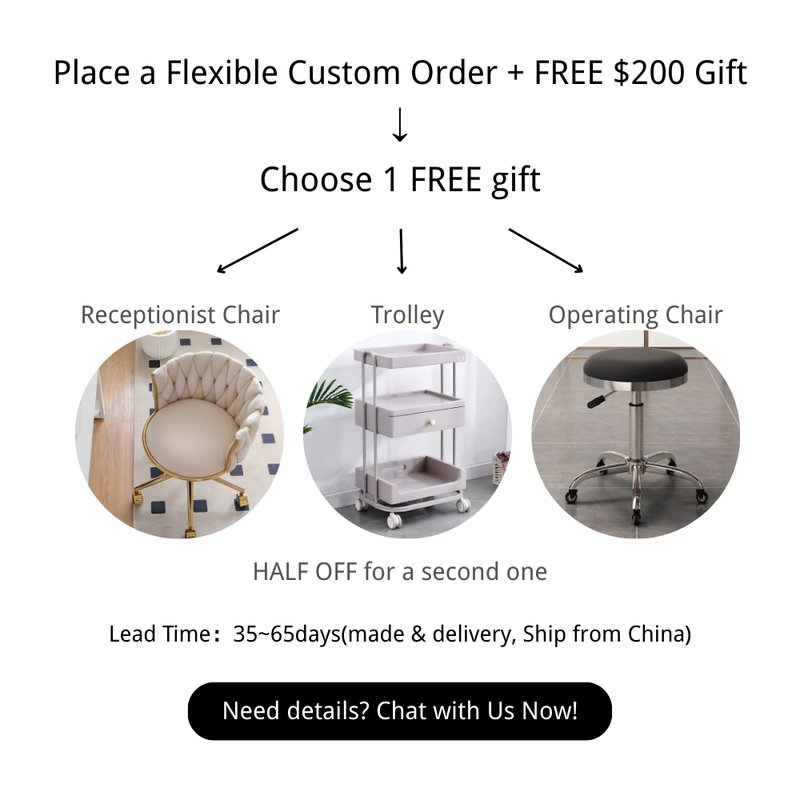Introduction
Bold truth: most front counters fail at the exact moment they should shine—first contact. Reception Desks sit at the edge of customer flow, yet they’re often built like fixed furniture when they should act like responsive systems. Picture a busy morning: two staffers, a backed-up queue, and a tablet that keeps timing out; in audits like this, teams often lose 12–20 seconds per guest to simple tool switching. Now ask yourself—what if a smarter counter cut that loss in half? If you run a style-forward space, your salon reception desk is more than a surface; it’s an orchestration layer with POS terminals, cable management, and ADA compliance concerns baked in (no fluff, just throughput). The question is not wood vs. steel. It’s latency vs. flow, ops vs. aesthetics, uptime vs. stress. — funny how that works, right?

We’ll compare the usual set-ups to next-gen builds, without hype. Expect plain talk, a few technical notes, and a clear path you can act on this quarter. Let’s move from chaos to cadence—starting at the pain points.

Legacy Pain Points Hiding in Plain Sight at the Salon Front
Why do legacy counters fail?
Most counters were sized for looks, not load. A glossy fascia hides the real issue: interaction design. Staff lean, pivot, and switch tools more than you think. Without proper cable management, POS terminal placement, and a low-voltage bus for chargers and power converters, micro-friction piles up. Clients wait while staff hunt for pens, screens, or the right drawer key. Meanwhile, ADA knee clearance gets ignored, leading to awkward workarounds and, sometimes, non-compliance. The result is slow check-ins, missed upsells, and a tired team. If your salon reception desk forces staff to move off axis just to reach a scanner, you’re bleeding seconds—every minute, every day.
Look, it’s simpler than you think. Traditional solutions over-focus on finishes and under-invest in the workflow layer. No discreet cable raceway? Tangled cords snag drawers. No antimicrobial laminate? Cleaning cycles take longer and feel never-ending. No thermal management near charging docks? Tablets throttle. Even small gaps—like no integrated bag hook or too-shallow counter depth—cause repeat micro-errors. Stack them over 60 clients per day and your “nice-looking” counter becomes a bottleneck. The fix starts with rethinking the counter as a device: ergonomic radii, modular bays, and serviceable panels that don’t require a full teardown to access wiring—and yes, it counts.
Comparative Moves: From Static Counters to Responsive, Tech-Ready Hubs
What’s Next
Let’s pivot to what outperforms. New builds treat the desk as a node—part furniture, part system. The principle is simple: reduce path length, compress decision time, and keep devices stable. That means optional edge computing nodes for local check-in (no internet, no panic), occupancy sensors to preload guest files, and a disciplined wiring plan that isolates AC from data lanes. In practice, this makes a front counter feel fast without looking “techy.” Compare that to a classic set-up: one power strip, one shared tablet, one frazzled team. In tests, smart zoning—guest greet, payment, rebook—beats a single monolithic surface by a mile. If you’re planning a spa reception desk, the same playbook applies, but with softer acoustics and more privacy for medical-intake moments.
Case example, simplified: a two-bay layout with a pass-through shelf, a hidden printer well, and LED task lighting. Devices hang off a dedicated low-voltage rail; the main power lives below in a ventilated chase. Staff motion drops. Training time drops. Cleaning time drops. Guests feel seen because eye contact improves—no more head-burying under the counter to fiddle with chargers. And downtime? Lower, thanks to field-serviceable panels and labeled ports. It’s not magic—just clean engineering and a respect for human factors. The delta versus a legacy desk is visible by midweek: shorter queues, calmer voices, better rebook rates. That’s the real-world impact.
How to Choose: Three Metrics That Matter
Throughput per square foot: Track average check-in time and guests processed per hour by station. Aim to cut motion steps and screen swaps. If your counter can’t support dual-tasking—greet and pay concurrently—it’s leaving revenue on the floor.
Serviceability index: Count tool-free access points, labeled wiring, and modular panels. If a POS terminal dies, can staff hot-swap in under 3 minutes? Measure downtime events per month. Fewer panels to remove equals faster fixes.
Health and compliance readiness: Confirm ADA clearance, antimicrobial laminate surfaces, and safe power segregation. Verify thermals near device bays and printer wells. If the counter stays cool and clean with less effort, your team will too—funny how operations mirrors design.
Wrap it all up and the picture is clear: treat the front desk like a system, not a statue. Choose layouts that respect human motion, with reliable power and clear data paths. Build for today’s tools, but leave space for tomorrow’s. When you do, style and speed stop arguing and start compounding. For deeper specifications and planning cues, see resources from M2-Retail.


